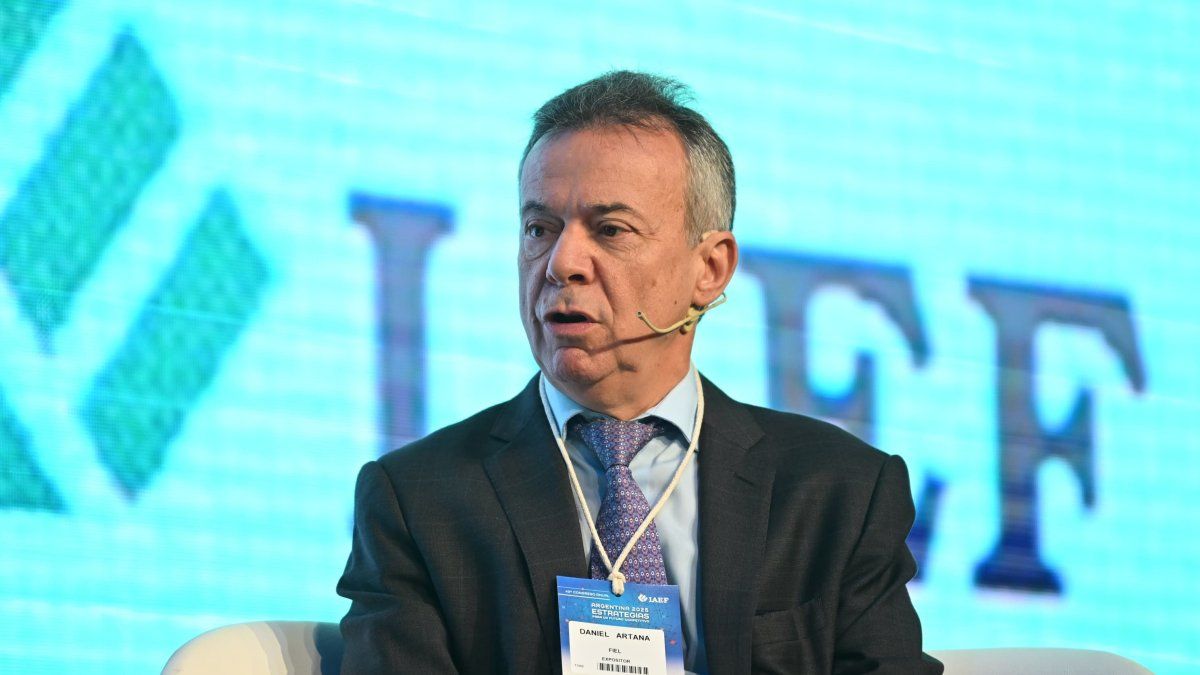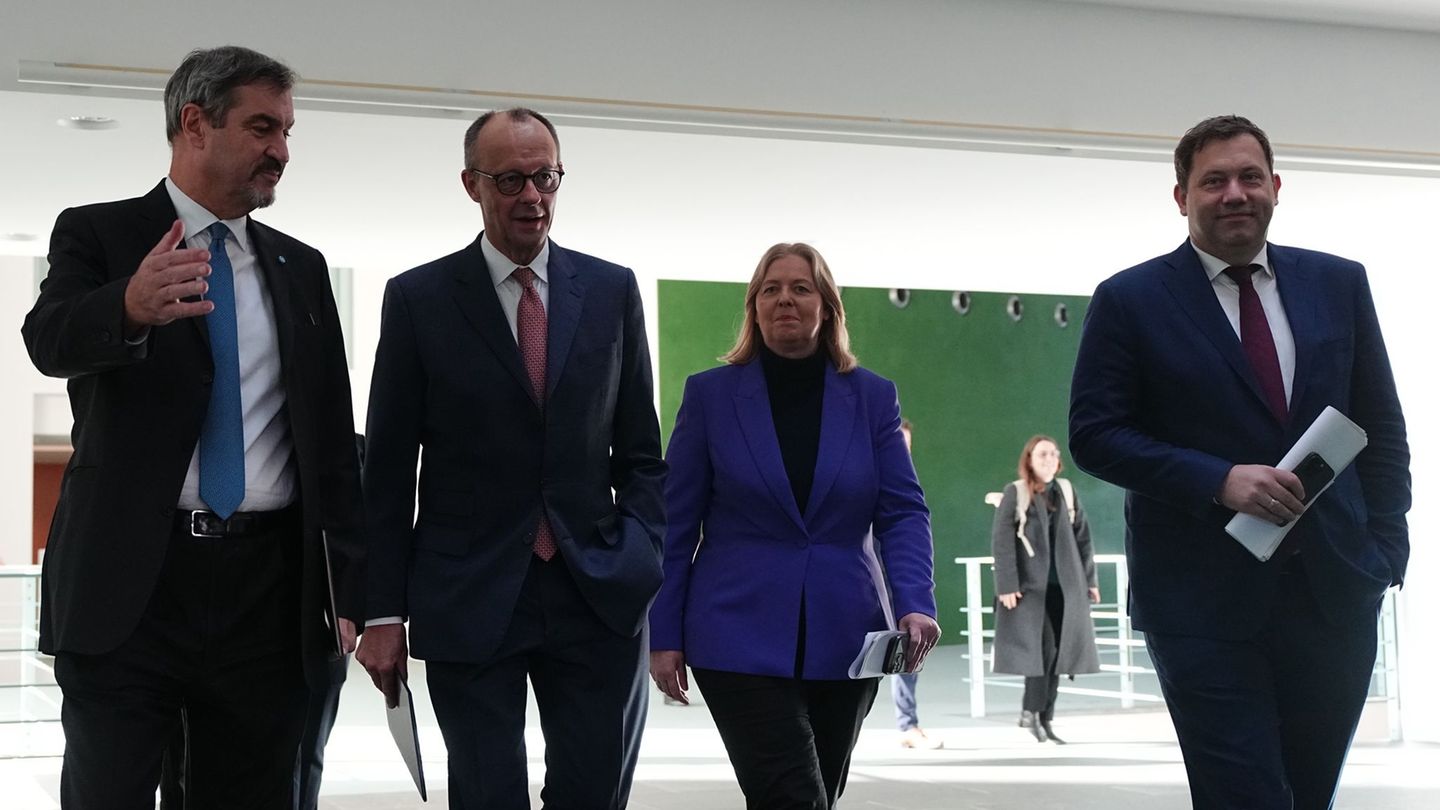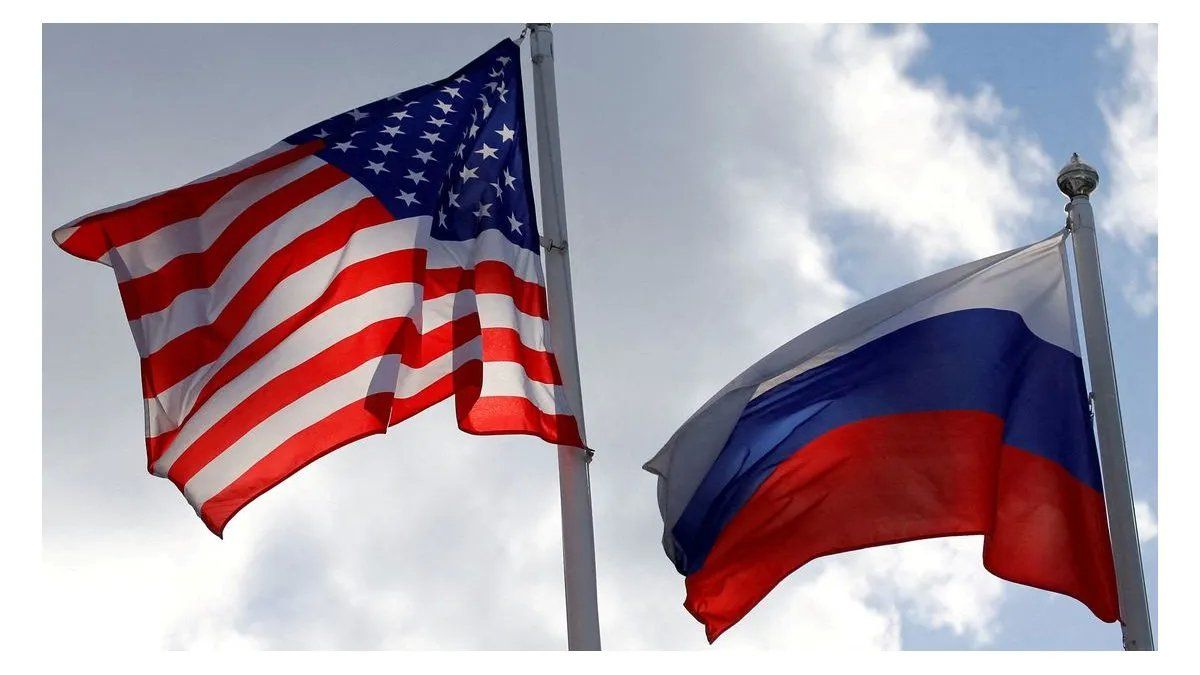This configures a very demanding scenario in a context in which the Central Bank has been ending trading days with negative balances.
The CREA report also states that this year the flow between IMF disbursements and maturities with this and other organizations and private creditors will be negative by US$11,964 million.
To measure where you start from and where you have to get to: The study center linked to rural entities indicated that as of February 3 the level of BCRA net reserves was US$4,462 million, and the goal for all of 2023 is US$12,125 million. The Government would have to get dollars to pay the flow and end the year with an equivalent figure in cash.
It is because of that it cannot be ruled out that the economic team and the Fund will soon start a reconsideration of the reserve target for 2023 to keep the program current. This Friday they will start a series of meetings in the capital of the United States, where the Vice Minister of Economy, Gabriel Rubinstein, Leonardo Madcur, the head of the portfolio’s advisers, will travel; and the Secretary of the Treasury, Raúl Rigo. The meeting will be focused on closing the technical review of the last quarter of 2022 so that it can then be approved by the Board. But it is not ruled out that the situation of 2023 begins to be analyzed.
Over the weekend, in a television interview, Economy Minister Sergio Massa mentioned that the entity led by Kristalina Georgieva must take into account the impact of the drought this year in the local economy. It is estimated that there will be about US$10 billion less in exports. Massa had tried last year, without much success, to introduce the variable of the war in Ukraine, due to the increase in the value of gas internationally.
In that sense, According to estimates by the consulting firm Sarandí, headed by economist Sergio Chouza, the government is short of US$4.5 billion to achieve the reserve goal taking into account “contingent scenarios on commercial developments, the dynamics of financial capital and multilateral loans.” “There are two alternatives to get out of the labyrinth: resign yourself to a lower level of production that slows down the demand for imported inputs and intermediate goods or begin to pave the way for a review of the pattern of reserve accumulation”, says Chouza.
Similarly, the economist Head of the Liberty and Progress Foundation, Eugenio Mari, He maintains that there can be a negotiation. In relation to the March target (or $7.8 billion), he said that “there is a low probability that it will be met.” “Here several paths open. The first is to readjust the goal to reflect reality, something that was already done in 2022. The second is to bet on one or more short-term impact mechanisms to accumulate reserves (soybean dollars). And the third is simply requesting a waiver, ”he opined.
Source: Ambito




